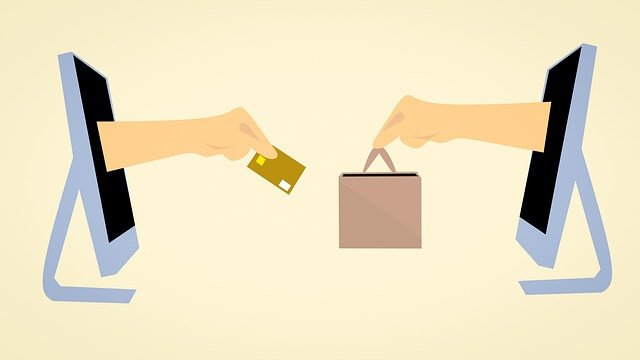Top 5 Mistakes People Make When Buying Printers
Jun 25, 2020 5:18:31 PM

Given the vast number of options in the market, selecting the right printer is not exactly easy. Many people end up investing in devices that do not really serve them well. Here in this post, we will discuss the top five mistakes that people make when buying printers.
Mistake #1: Not Buying a Printer That Uses High-Yield Cartridges
Unless you need to print less than a dozen pages each month, consider investing in a printer that uses high-yield ink or toner cartridges.
First, you do not want to keep buying replacement printer cartridges too often.
Second, high-capacity ink and toner cartridges for HP printers, for instance, will guarantee a lower cost-per-print.
Printer manufacturers often sell entry-level printers at a low price. Such printers only use standard cartridges. With such printers, you may end up spending more than the cost of the device on replacement cartridges in just one year.
Therefore, even if a printer is shipped with standard cartridges, it is always better to have an option to use high-yield cartridges when required.
Using high-yield cartridges is one of the best ways to reduce printing costs.
Mistake #2: Inability to Prioritize Which Feature Is Really Important
Many people end up paying for features they do not really need or buy printers that do not have features they actually need.
Some of the most important printer specifications that you should match your current needs are as follows:
- Print Speed: Measured in pages-per-minute (ppm), page speed is generally important if you are buying a printer for office use.
- Duplex Printing: If you need to print on both sides of the paper, the duplex-printing feature can save you a great deal of time and effort.
- Automatic Document Feeder (ADF): A great time-saver, this feature allows you to print, copy, scan, and fax multi-page documents without having to manually replace each sheet.
- Media Size: Different printers can handle paper of different sizes. If you need to print legal documents, for instance, a printer that can only handle A4 sheets will be of no use.
- Navigation: A printer may have buttons, touchscreen, or LCD screen to help users configure
Other specifications that you may want to consider include paper handling capacity (input and output trays), availability of touchscreen or LCD screen for easy navigation,
Mistake #3: Not Considering the Connectivity Options
A printer will typically support three or four different connectivity options.
These may include Wi-Fi, Wi-Fi Direct, Ethernet, USB 2.0, mobile printing, cloud printing, NFC (Near Field Connectivity), etc.
You need to choose a printer that supports connectivity options you really need.
You don’t want to place an order online, only to find out later that the printer does not have an Ethernet port or does not support wireless printing.
Consider how many people will use a printer at home or in office and how they can conveniently print, copy, scan, or fax.
Mistake #4: Not Considering the Type of Print Job
The best printers for professional use may not be suitable for a student who needs to print school assignments or a business owner who needs to print invoices, labels, and reports in the workplace.
Different printers are designed to meet a unique set of printing needs.
A printer’s unique selling proposition may be focused on:
- Printing reasonably appealing graphics
- Printing archival-quality photographs
- Printing monochrome documents at a low cost
- Wide-format printing
- Low-cost, high-volume printing
One printer can produce great-looking photographs; another printer can be more suitable for printing razor-sharp text.
One printer can be great at handling a variety of paper sizes; another printer can be the best-in-class for handling a specific type of print job.
So, the advice on how a small business should choose a printer or how a home user should select the right printer will vary.
Mistake #5: Ignoring the Cost of Printer Consumables
You will need to buy replacement ink cartridges for an inkjet printer and toner cartridges for a laser printer.
After having used a printer for some time, you may also need to replace the print head (in an inkjet printer) or the drum unit (in a laser printer) if these components are not integrated with cartridges.
When you compare printers simply on the basis of price-tags, you run the risk of selecting a device that will require more expensive consumables.
Final Words
Assess your current and future needs in order to make an informed purchase decision. There is no one-size-fits-all printer in the market.
If you are confused about whether you should get an inkjet or laser printer, consider reading our guide on this topic.
If you are not sure if you should replace an old printer with a new one, read our post on ‘when should you buy a new printer.’
Lastly, avoid expensive OEM cartridges and buy cheap yet high-quality cartridges to save on printing costs.

Comments